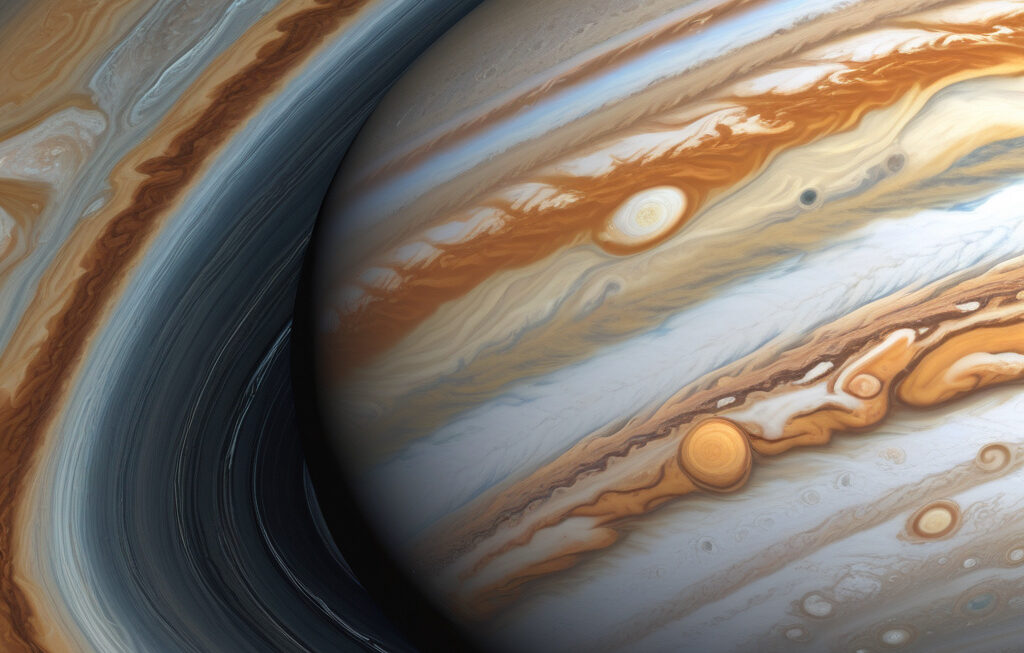Repurposed Intercontinental Ballistic Missile Fires Classified US Spy Satellites to Orbit
In the realm of space exploration, innovation knows no bounds. Recently, a Northrop Grumman Minotaur IV rocket made headlines as it successfully launched multiple classified payloads for the US National Reconnaissance Office (NRO). What makes this mission particularly remarkable is the fact that the rocket was repurposed from a decommissioned intercontinental ballistic missile (ICBM), showcasing a creative and cost-effective approach to space technology.
The utilization of retired ICBMs for space launches is not a new concept, but it continues to demonstrate the versatility and adaptability of existing technology. In this case, the Minotaur IV rocket, derived from a Peacekeeper missile, proved its capabilities by delivering a cluster of spy satellites into orbit. This cost-efficient method not only repurposes existing resources but also highlights the United States’ commitment to enhancing its reconnaissance capabilities without exorbitant expenses.
The successful deployment of classified payloads underscores the critical role that spy satellites play in national security and defense. These advanced technological marvels provide invaluable intelligence gathering, surveillance, and reconnaissance capabilities, enabling the US government to monitor potential threats, track adversaries, and safeguard its interests across the globe. By leveraging repurposed ICBMs to launch these satellites, the NRO and its partners are maximizing resources and ensuring the continuous advancement of their space-based assets.
Moreover, the seamless integration of old and new technology in space missions sets a precedent for sustainable practices within the aerospace industry. By repurposing decommissioned ICBMs, companies like Northrop Grumman are not only reducing waste and environmental impact but also showcasing the ingenuity and resourcefulness that drive progress in the field. This approach aligns with the growing emphasis on sustainability and efficiency in space exploration, paving the way for future missions that prioritize environmental responsibility alongside technological advancement.
Furthermore, the successful launch of classified payloads aboard a repurposed ICBM serves as a testament to the expertise and dedication of the teams involved in the mission. From engineers and technicians to mission planners and support staff, this achievement is the result of meticulous planning, precise execution, and unwavering commitment to excellence. It highlights the collaborative effort required to ensure the success of complex space missions and reinforces the reputation of the United States as a leader in aerospace innovation.
As we look to the future of space exploration, the repurposing of intercontinental ballistic missiles for satellite launches offers a glimpse into the possibilities of sustainable and cost-effective solutions. By leveraging existing resources and expertise, the aerospace industry can continue to push the boundaries of technology, expand our understanding of the universe, and enhance our capabilities in space. The successful mission of the Minotaur IV rocket is not just a singular achievement but a symbol of what can be accomplished through creativity, determination, and a commitment to excellence.
In conclusion, the repurposed intercontinental ballistic missile that fired classified US spy satellites to orbit represents a significant milestone in space exploration. It exemplifies the fusion of innovation and sustainability, the importance of intelligence gathering in national security, and the collaborative effort required to achieve success in aerospace endeavors. As we celebrate this achievement, we also look forward to the future breakthroughs and advancements that will undoubtedly shape the future of space technology.
Northrop Grumman, Minotaur IV, US National Reconnaissance Office, Space Innovation, Aerospace Technology












